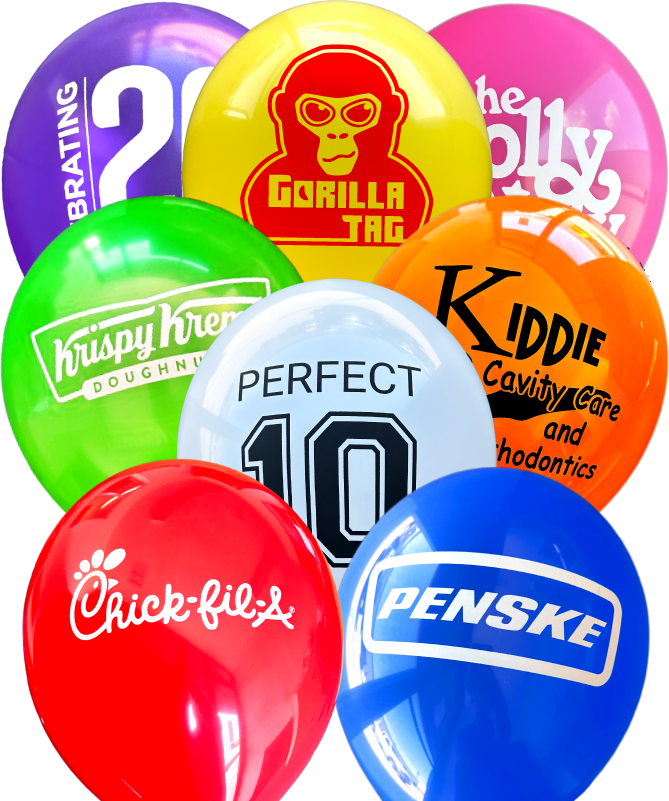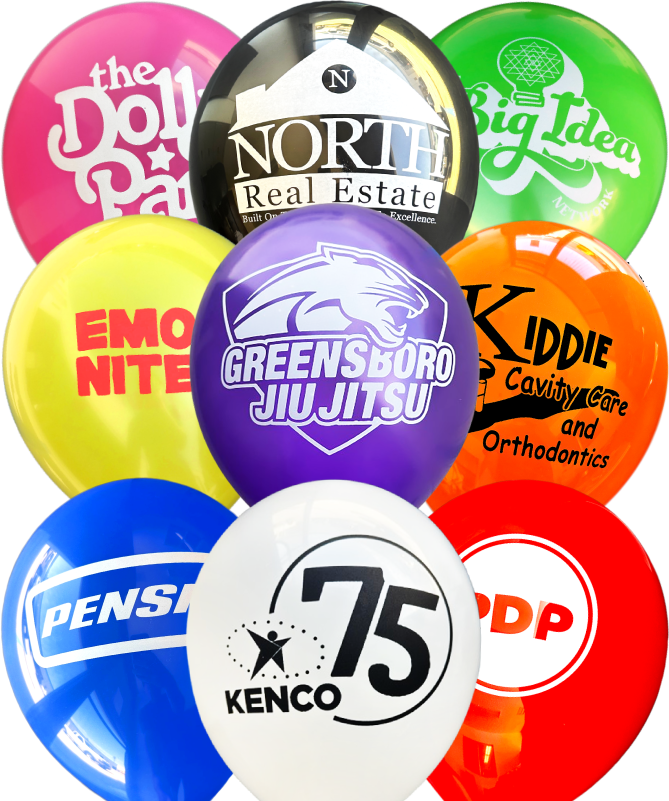
Helium balloons are a colorful accessory that creates an atmosphere of celebration and fun. Unfortunately, some unscrupulous sellers fill balloons with low-quality, and sometimes completely hazardous gas. Why balloons with helium fly, how to distinguish low-quality helium, and what other gases can lift balloons into the air – all this information can be found in our article.
Features And Properties
To make a balloon of foil or latex fly into the air, the gas filling it must be much lighter than air. Helium is seven times lighter than air, so it is ideal for these purposes. This gas is extracted from oil and natural sources. Filling balloons is just one of the ways to use helium, probably the most fun and uncomplicated. In fact, it is in great demand. It is used for scientific and medical purposes as well.
What properties does helium have? It is absolutely inert, does not react with any known chemical, non-toxic, non-explosive. It is odorless and colorless; it rises in the air and dissolves in the upper atmosphere. According to fire safety standards, only gases such as helium and ordinary air are safe for inflating balloons. If helium balloons burst, it does not pose a threat to the health of people nearby.
What Else Do You Need To Inflate Balloons?
- To have a gas cylinder.
- To own and know the way of using special equipment.
Accordingly, there should be costs for it. But there are situations when you do not need balloons to fly at all. For example, if you have an idea to weave an arch or a decorative composition. Take a pump or compressor, and fill the balloons with ordinary air. It will keep inside for a long time. The prime cost of filling with the air is extremely low.
Some people also use hydrogen, which is much lighter than air. However, this is not the best idea as it is very active and explosive.
How To Recognize Good Quality?
If you are planning to buy helium cylinders for business or for private use, we advise you not to be seduced by the cheapness, trusting unknown sellers. The fact that the cylinders have the word “helium” on them is not enough.
Helium grades A and B are ideal for filling balloons. The A-grade helium is very high quality and pure, so it is used for medical purposes. The price of it is higher. The B-grade helium is no worse, and its price is much lower. It is most often used for mylar and latex balloons.
Before buying helium cylinders, always check the seller’s documents for the goods, inquire about the origin of the cylinders, try to find out about the company’s reputation on the Internet.
How To Get The Balloons Flying?
Only a gas with a mass less than the mass of atmospheric air can make balloons float. The list of such gases is very long: hydrogen, neon, nitrogen, ammonia, methane, helium, etc. But remember that:
- the lifting force of nitrogen does not guarantee a full flight of balloons;
- hydrogen mixed with oxygen will turn the beautiful and bright balloon into a dangerous bomb;
- neon is perfect at everything, but its cost is unfairly high;
- virtually most gases are flammable or even toxic.
There is only one option left – helium. It is seven times lighter than the air we breathe, which means that it will easily lift the balloon and will hold it for a very long time. But that’s not all. Helium is non-flammable and therefore suitable for indoor use. It does not belong to toxic gases, is odorless, absolutely transparent.
If you want a long-lasting result, it is better to fill a foil balloon or a latex balloon with this gas using special treatment (Hi-Float).
Why Are Air And Helium Mixed In Balloons?
Professional aerodesigners often resort to this trick: they add a certain portion of air to balloons filled with helium. What is the end result? It makes the balloons rise, but the air acts as a weighting agent, keeping the products from flying nonstop. It turns out that the balloon (or composition of balloons) is motionless, hovering. If there is no air inside, pure helium will keep the balloon moving upward. The balloon will fly very high and burst.
Gas Balloon Filling Equipment
For filling balloons with gas you will need:
- Gas installation for pumping helium inside the balloon. Includes a cylinder with a volume of 5 liters or more, a special valve, and a nozzle. The time for inflating the product is from 1 to several seconds, depending on the diameter.
- Installation for inflating balloons with a gas mixture(helium and air). It is not always needed, as it functions slowly, and it is expensive. It is easier to pump the balloon with helium, and then add a little air using a pump.
- Electric compressor, foot, or hand pump for 100% filling the balloon with air. Using the special nozzle, you can fill a confetti balloon to make a surprise.
What Is It Better To Choose?
The best gas for filling balloons is undoubtedly helium. It opens up many possibilities for decorating the room. With the help of helium, you can make walking balloons move. Modern possibilities are endless: for example, for a home party, you can rent a 5-liter bottle of helium and everything you need to fill about fifty balloons. And after the party, you need to return the cylinder: in this way, it will be enough to pay for the cost of the gas.







